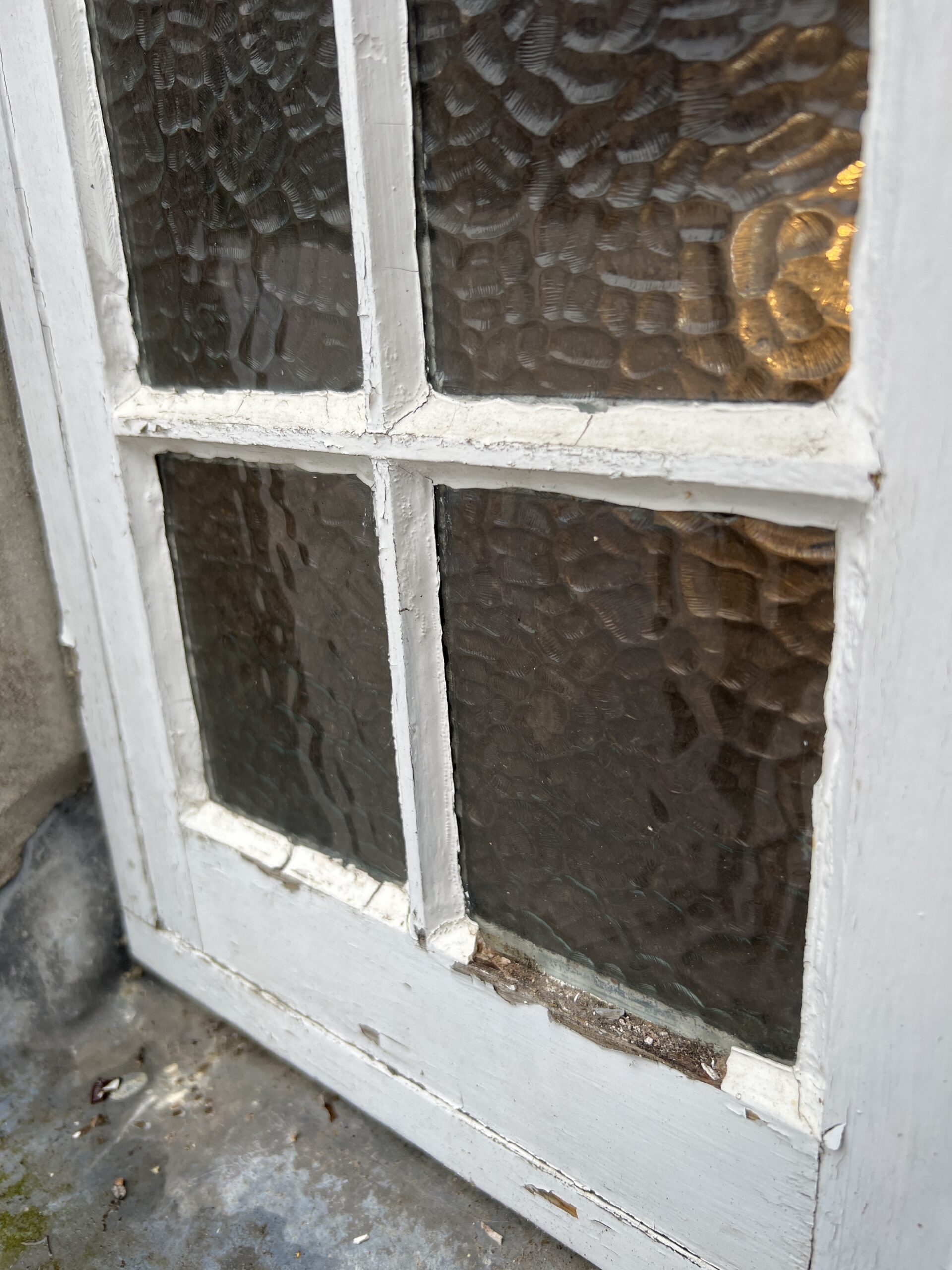Identifying and preventing wood rot in windows and doors
We love period and historic buildings, especially for their variety of wooden features and coloured finishes — but they do need regular maintenance, and prompt repairs, to remain strong and working well, in providing a happy and healthy home.
The biggest issue we see going unnoticed — sadly, often until too late to save — is from wood rot — in wooden and sash windows, doors, dormers, and other ornate wooden structures.
Let's look at how you can identify, prevent, and address this common problem — before it's too late.
Signs of rot in windows and doors
Rotten windows and doors are an issue that needs identifying quickly, before they are beyond repair.
You should check your window frames, sashes, battens, door frames and surfaces paintwork at least every year. Especially, the less visible areas.
Cracks in the paintwork
Look for signs of decay, where paint may be cracking or peeling — sometimes, the only sign of rot is that the surface feels soft when pushing with a finger.
The paint might be thick and appear sound, but water moves through mountains — winds and gravity will help rain find a way through even the most hidden of the cracks.
Discolouration or damp
Look out for discolouration, soft or crumbling wood, or visible signs of moisture and mould, on the wood, or surrounding walls.
Bare bottoms
Water damage is most likely to occur at the bottom of your windows and doors, where they are least protected from overhangs — especially in wetter climates, by the sea, and facing the sun or prevailing winds.
Unsealed abrasion
Any exposed areas of wood, where the paintwork or stain and varnish is no longer sealing it, or oiling and waxing has rubbed away, could be susceptible to rot.
These windows looked OK at first glance, until we brushed away the loose paint, and tried to open them.
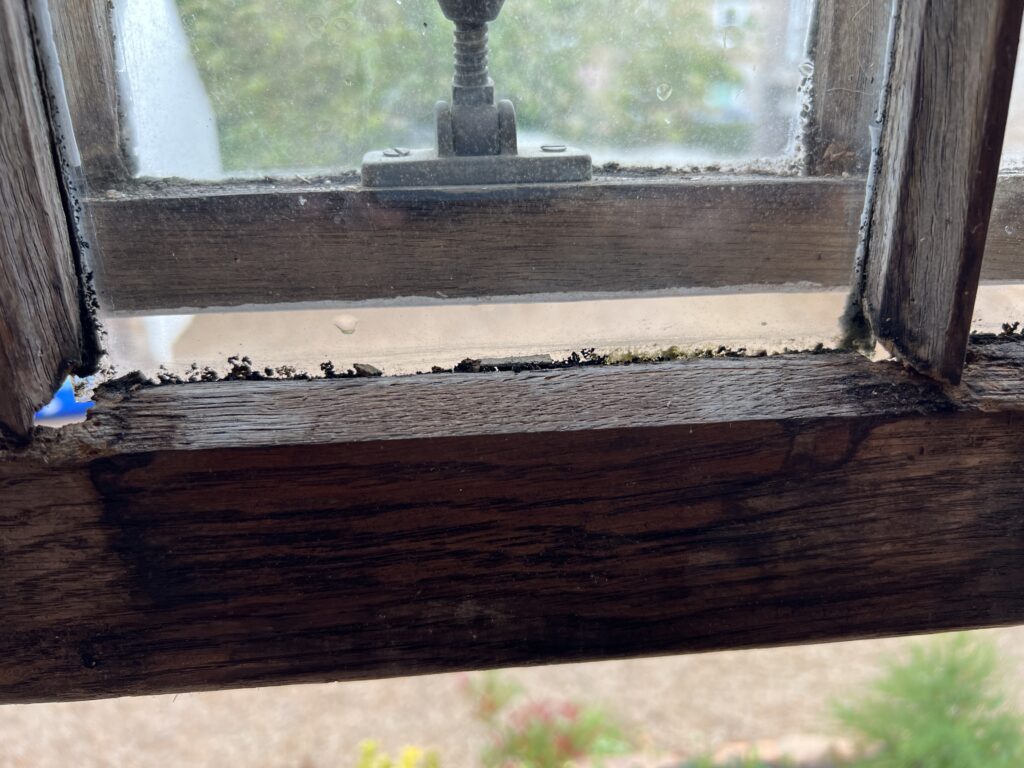
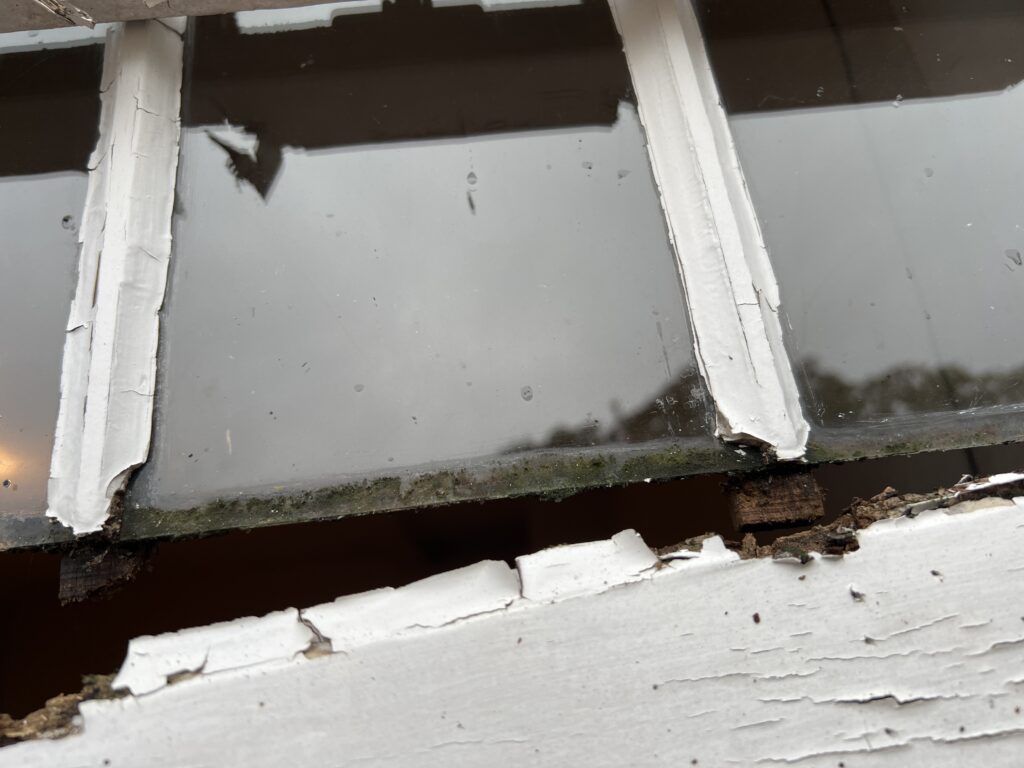
Stained surrounds
Look inside for water stains on the paint, brick or stone in the areas around the frame.
Stains, which can be evident on the surrounding interior walls, often indicate water ingress, which can run down inside walls to floors, and through areas with electrical connections.
Loose sills
Examine underneath the window sill, both inside and out — only when safe to access, and with supervision above ground level.
Surface integrity
With suspected damage, such as soft areas, discolouration, or visible deterioration, a flathead screwdriver can be used to gently press into the wood — it should not break the surface of hardwoods that remain healthy. If it does, fill the hole with some flexible putty or blue-tack, and seek a professional inspection, as soon as you can.
Recommended maintenance
Prevention is better than cure!
Newly painted or stained and varnished wooden fixtures look fantastic, and can last a decade or two. Over longer periods, layers of paint can mask problems, or create their own.
The only way to then keep them for the much longer lifespan they can serve, is to strip, sand, treat, prime and start again.
Frame seals and joints
The joints and seals between the window frame and the surrounding walls play a crucial role in keeping your windows rot-free. They only work while they remain flexible in forming a seal — and often not designed to last as long as the windows, themselves, so need refreshing every few years.
Inspect the areas where the frames meet the building for any gaps, cracking, or deterioration in the sealant. Any of these faults, that lead to water ingress, will quickly result in rot — often within weeks, just as if you left a wooden chopping board soaking in water.
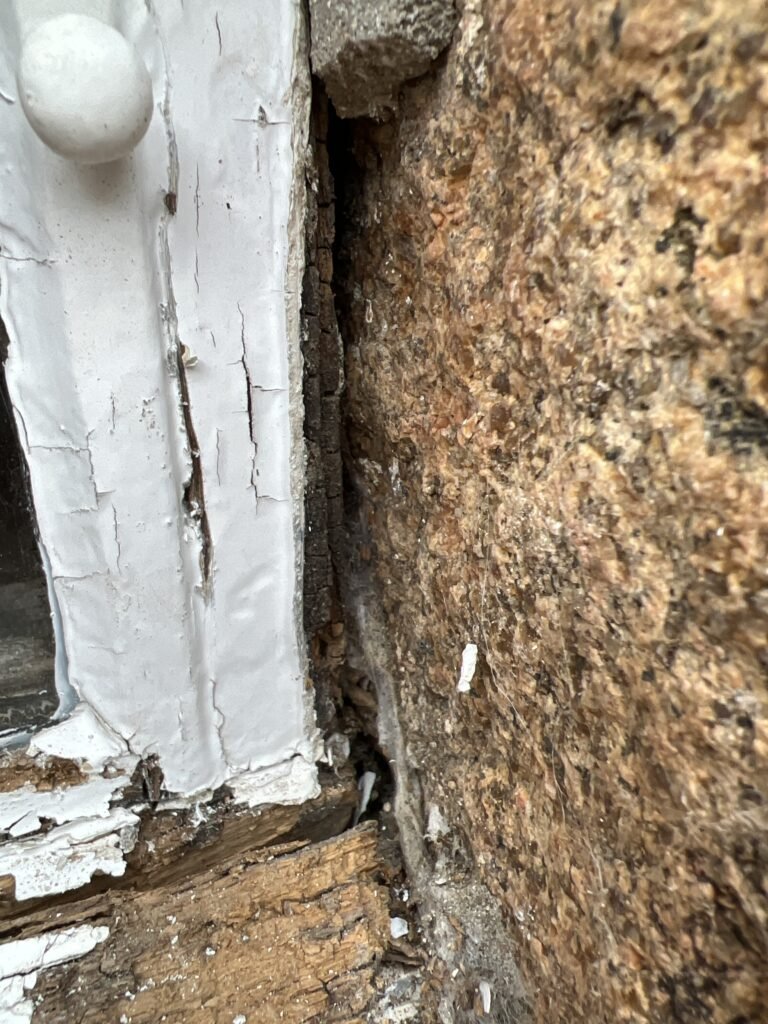
Sticking windows and doors
How well your windows and doors open, close, and lock can be a tell tail sign of rotting — where the swelling is caused by water absorption. If this becomes wet rot, it can permanently dissolve the structure of the wood, even if later dried.
Rot can affect the shape of the windows or frame, making it difficult to operate the openings, leaving them exposed, and the damage spreading. If you notice any of these signs of rot, it is best to refurbish and repair your window, by planing, sanding, treating, and repainting.
This will still be far cheaper than the more costly, time-consuming, and disrupting process of replacing them completely.
Save rotting windows and doors
Repairing rotten windows, doors, dormers, and other wooden fixtures solves the aesthetic and usage issues. It also prevents water stains on your interior walls, ceilings, and floors, and stops mould and mildew growth that thrives on this nutrient-rich damp, and can cause serious illness.
Remedying rot will help the energy-efficiency of your home, by preventing heat loss from drafts. It improves sound insulation, saves you from rattles and whistling in higher winds, and maintains the security of your home.
Taking care of rotting wood will protect your home's appearance — plus, its value, and saleability, where potential buyers could be expecting a significant discount to cover both the costs and the inconvenience or repair.
Planning permission to replace rotten windows and doors
If you live in a grade 1, 2, 3 or 4 listed building, or within the curtilage of one, then you will need planning permission to replace any windows, doors or protected wooden structures.
Listed buildings are of cultural significance, to preserve examples of historic crafts and artefacts.
P2 planning applications for any replacement must show that the windows, doors or other features are unsafe and beyond repair.
You can ask our Planning AI more about this, or contact us to discuss your specific circumstances.
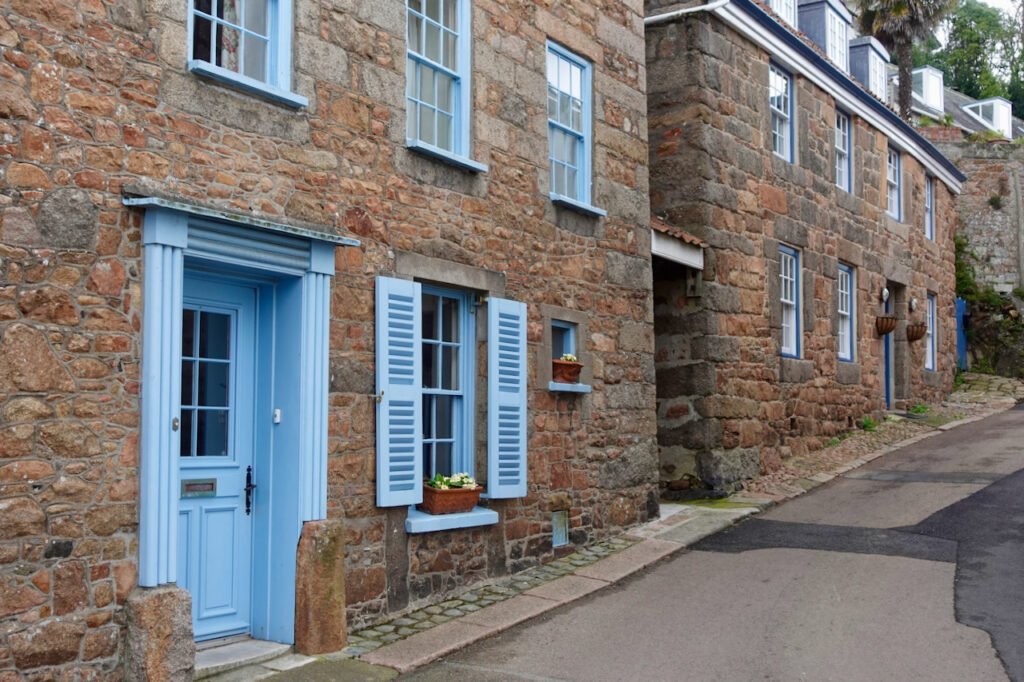
Protecting the heritage of our homes for generations to come
Wooden windows and doors are a desirable and valuable feature, that can be changed in colour, to suit each owner's style. They have excellent insulating and functional properties, and can last hundreds of years when well maintained.
While rotting windows can appear to be a minor nuisance — identifying the problem early, and taking appropriate action, will save you time, money, and hassle in the long run.
So keep those wooden features in tip-top shape — a little regular care, will keep them working and enjoyed for many generations.


